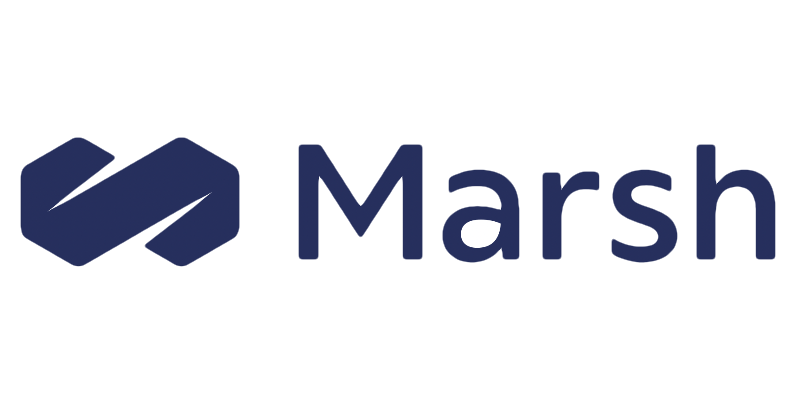Through a combination of various measures, the use of captive insurers is rising across the board, as risk-funding vehicles that offer numerous advantages, interest in using captives is said to be higher than ever.
 Within the past several years, Marsh clients formed nearly 400 new captive entities. Globally. Marsh Captive Solutions is now estimated to manage approximately 1,900 captives and other entities across 55 domiciles, that equates to one in every four captives.
Within the past several years, Marsh clients formed nearly 400 new captive entities. Globally. Marsh Captive Solutions is now estimated to manage approximately 1,900 captives and other entities across 55 domiciles, that equates to one in every four captives.
At the same time, premium volume of Marsh-managed captives has topped US $70 billion, with surplus of almost $120 billion.
Marsh noted that captive premium growth over the past two years continues to trend upwards.
For example, premiums for captives with North America-based parents were up 15%, while the major island domiciles of Bermuda, Cayman Islands, and Barbados have collectively seen premiums grow by 11%.
In Europe, Guernsey and Luxembourg, two leading European domiciles, have seen premium growth of 13% and 36%, respectively, while in the UK premiums have increased by 8%.
Next, if we focus our attention on Asia, captives with Asia-based parents wrote 58% more premium, while in Latin America, premiums among captives with parents based in Latin America grew by 36%.
One key figure to note is that 27% of the total Marsh-managed captive premium provides coverage for third-party risks.
Additionally, captives come in several forms, including single-parent captives, group captives, and protected cells, which is becoming one of the fastest-growing forms.
Marsh noted that interest in protected cell captives continues to grow in the US and globally. A protected cell captive is used as a cost-effective risk financing vehicle, with a key advantage of them being that they can offer up to 50% lower operating costs compared to a single-parent captive. Set-up time can also take as little as a few days, rather than months.


